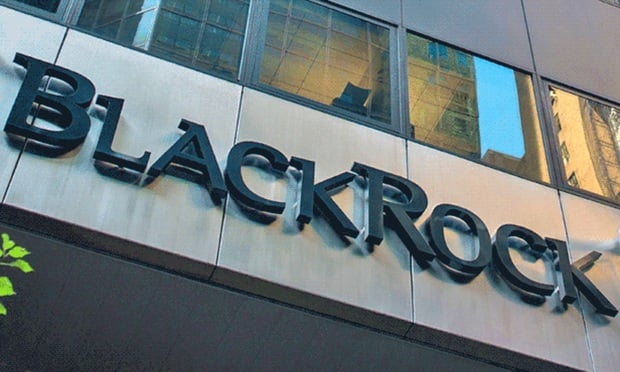Managing a company retirement plan is complicated. Maintaining compliance with regulations, understanding fee arrangements, deciding whether the current plan design is most appropriate, choosing and monitoring the plan investment choices, gauging the success of participant education efforts, and knowing your role as plan sponsor or trustee can be challenging.
To properly navigate these issues, an unbiased periodic review can assist to avoiding costly mistakes. It is critical to an employer's operational and fiduciary success that a plan sponsor or trustee be thoroughly engaged.
1. Fiduciary responsibility
First, you must understand what it means to be a fiduciary, as well as who is and who specifically is not. You are a fiduciary if you are a plan sponsor, trustee, or investment committee member of an endowment or a retirement plan.
Recommended For You
Under the ERISA (Employee Retirement Income Security Act) law, as a fiduciary, you are charged with and held to the legal obligation of acting in the best interest of the person or organization that has entrusted you with management and control of their funds.
Your broker or advisor may not be a fiduciary. This is crucial because there is a good chance your advisor is prohibited from acting as one, or may look to outsource this responsibility, leaving you solely liable to any breach. This may change with the SEC's proposed uniform fiduciary standard and knowing whether your advisor can act as a fiduciary today, and into the future, is critical.

Understanding all fees, rebates, and commissions charged to the plan is crucial. (Photo: Getty)
2. Proper benchmarking
Next you should understand all fees, commissions and expenses that are charged to the plan, the plan sponsor and to the participants. For example, mutual funds may provide rebates back to your third-party administrator (TPA) or recordkeeper.
Some of those rebates may not be passed on to the participants, but kept by the TPA or record keeper without your knowledge. Some recordkeepers may pay your advisor a 1 percent commission of total assets up front, which can be sizable, to move the plan to their platform.
Knowing why your advisor may recommend a change of recordkeepers, the full range of fees, commissions and rebates in your plan, and benchmarking those to industry guidelines, is in your and your employees' best interest. Retirement fees come in various forms creating complexity even for experienced retirement professionals.
Taking a more critical view of your plan fees may be quite surprising or even alarming. As a fiduciary, you have a duty to determine the fees are reasonable. To do this, you must understand all of the arrangements and costs.
3. Plan design
There are many options that exist when designing a retirement program and it can be overwhelming. Most plan sponsors have not received a thorough explanation of what options are actually available, and what impact it may have on their retirement and tax planning.
Factors such as the type of entity, number of highly compensated employees (HCEs) or key employees, owners, family of owners, and rank and file employees, all have an impact on the type of plan design that may be recommended.
Both qualified and non-qualified executive compensation, as well as various profit sharing programs and defined benefit strategies, should be considered. This is true when choosing the correct provider, TPA, financial and tax advisors and legal professionals.
When speaking to business owners, we have found this to be the area that is understood the least. Conversely, it is the area where we often find the greatest opportunity to increase the value of the retirement program benefit.

Making decisions on and monitoring investments, and educating participants, are all important. (Photo: Getty)
4. Investment decisions
Investment selection and monitoring, and recommending periodic changes to the investments are all duties of the fiduciary. As the plan sponsor, trustee or investment committee member, you have a fiduciary responsibility to the selection and ongoing review of your plan's investments.
It may be in your best interest to create an Investment Policy Statement (I.P.S.). The I.P.S. forms the basis of your investment decisions and criteria for any future changes.
A prudent system to monitor your plan investments is often comprised of an advisor acting as a fiduciary to your plan, along with the plan sponsor and/or the investment committee, and reviewing the investments periodically for acceptance by the guiding I.P.S. Only a fiduciary to the plan can provide advice to actually make fund decisions, including initial selection and ongoing fund replacements where necessary.
5. Participant education
Educating employees about their workplace retirement plan has gone from relatively unnecessary to absolutely essential. While more employers are automatically enrolling employees in their plans and providing educational benefits such as online website tools and pre-recorded webinars, these are often not enough to assist the workers most in need of retirement planning.
Employers may want to expand their focus to address financial wellness and the real barriers to funding a successful retirement, which ultimately helps both the retiree and the organization. Many record keepers and financial advisors can provide a range of employee education resources personalized to your plan, to help make saving and retirement planning easy and understandable.
These five pillars of the company retirement plan are critical to the financial success of the plan and each of its participants. As the plan sponsor or trustee, it is your responsibility to understand your role and responsibilities thoroughly.
© Touchpoint Markets, All Rights Reserved. Request academic re-use from www.copyright.com. All other uses, submit a request to [email protected]. For more inforrmation visit Asset & Logo Licensing.






